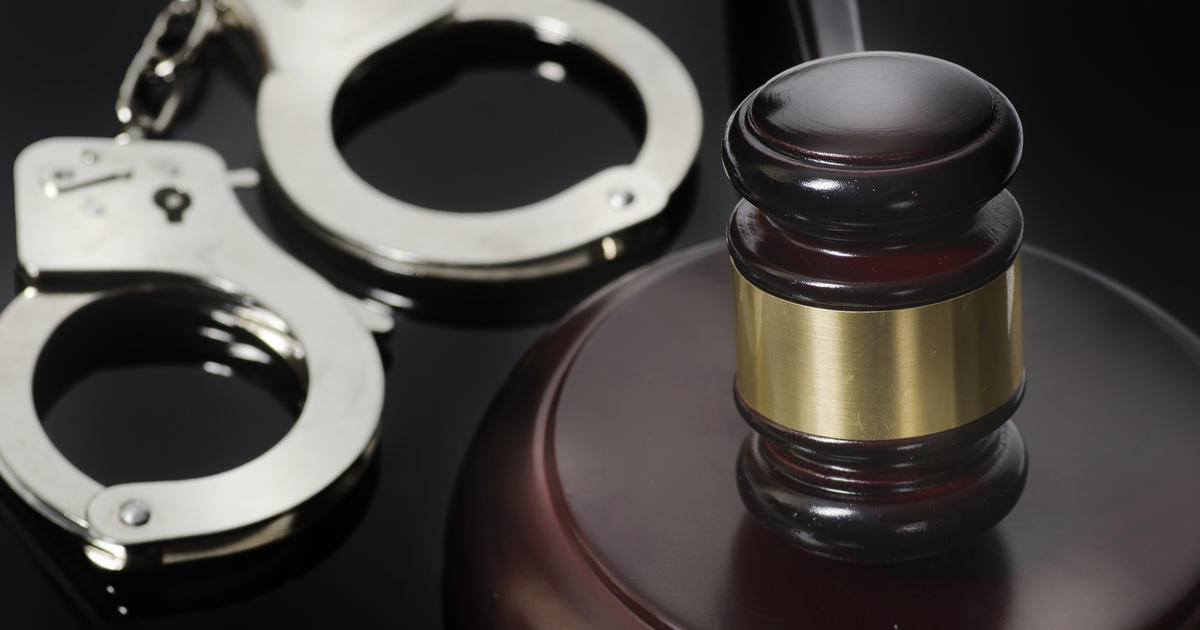Tech Tour Day Four, Part One: A Great Start At SVSU

Monday was a first for the Great Lakes Innovation and Technology Report's Fall Tech Tour -- a twofer. I hit two campuses in one day that are fairly close to each other, Saginaw Valley State University and Central Michigan University. Both had great technology stories to tell.
At Saginaw Valley, I saw high tech metallurgy in a foundry laboratory. I saw a former NASA rocket scientist, now at work doing groundbreaking testing of the stretchability of human tissues. I saw an independent testing laboratory that helps business in Michigan test materials -- currently it's testing algae growing for a Bloomfield Hills company that wants to grow algae, not for biofuel but for animal feed supplements. And I saw research into using glycerin, a byproduct of biodiesel production, as a fuel.
Saginaw Valley is now home to 10,656 students, 2,700 of whom live on campus, including more than 70 percent of the incoming freshman class. It's increasingly a residential college -- and a scientific one.
I got squired around Saginaw Valley's campus by Harry Leaver, executive director of the university's Center for Business and Economic Development, Deborah R. Huntley, dean of the college of Science, Engineering and Technology, and Bob Tuttle, SVSU mechanical engineering professor and assistant dean.
They even let me sit in SVSU's Formula SAE racer, which finished 18th out of 122 teams last year. But they wouldn't let me fire it up.
Our first stop was the foundry, Tuttle's pride and joy, where future engineers are trained in the guts of melting and casting steel, cast iron and aluminum. The lab currently has funding from the Office of Naval Research for experiments on using fine-grained material in molten steel to increase its strength, a technique long used in aluminum.
Tuttle said his graduates wind up working at small manufacturers -- or as design engineers, who actually know how metals are made. He's collaborated with more than 10 Michigan manufacturers on various projects.
********************************************************
Next, I visited the laboratory of Alan Freed, our Spicer Endowed Chair in Engineering, who studies the behavior of soft tissues for engineering applications. His past research includes modeling what happens to the heart valve when it opens/closes in order to engineer materials for better synthetic heart valves. Currently, he is working on similar projects for the lungs.
Freed was literally a NASA rocket scientist -- his initial work was in the metallurgy of rocket nozzles -- but he said he gradually grew more interested in other projects as, he said, NASA moved from being a true research organization to a project-based organization. He joined the Cleveland Clinic for a project on studying heart valve tissue.
Hired by Saginaw Valley based on a fishing acquaintence, Freed is currently working on building an online database of raw data on the reaction of varioius tissues to various forces. Those data simply aren't available anywhere. "Whatever is actually physicall measured in the lab, that's what I want to store," he said.
He's also conducting groundbreaking research on the behavior of tissues -- in this case, from pigs -- to shearing and twisting. Included is the building of customized machinery to do the tests.
And would this former rocket scientist step aboard Space Ship Two for a paid suborbital thrill ride? "Absolutely not," he said, in the horrified tone of a man who knows just how many things can go wrong with a rocket.
*****************************************************
Next up, the independent testing lab of Bruce Hart. SVSU developed the lab several years ago to help businesses in the regionl test products, and to provide opportunities for students to learn testing.
Hart said that since the lab opened, he's getting more work now from startups and less from the corporate giants who used his lab initially.
Current projects include a major algae growing test for Sequest of Bloomfield Hills, which is studying various LED lighting, nutrient and temperature regimes to grow algae -- not for biodiesel oil, but for animal feed.
They're also testing high-fiber composites for Fulcrum Composites, a Dow Chemical spinout in Midland, which wants to use them to make lighter, stronger, longer-lasting blades for giant wind turbines. (One sample about the width of a finger has withstood 3.7 million cycles at 12,000 pounds of pressure so far.)
*****************************************************
Next, I visited SVSU student Anthony Lucio and visiting scholar Lanny Robbins, on a project that could turn a byproduct of biodiesel production into useful fuel.
Robbins, a retured Dow senior reserach fellow, was asked to help out on the project by David S. Karpovich, chair of chemistry at SVSU.
It seems that when you take raw vegetable oil and add the chemicals necessary to get useful diesel fuel, sodium hydroxide and methanol, the byproduct is glycerin, a fatty white lotion-like substance.
Glycerin's value on the open market has plunged. So why not burn it as a fuel? Well, it doesn't burn very well.
But Robbins and Lucio are testing various combinations of glycerin and diesel fuel and glycerin and fuel oil in an SVSU furnace, and think they've come up with a potentially winning combination, a nice stable emulsion of 30 percent glycerin and 70 percent No. 2 diesel. Another potential winner is a mix of glycerin and No. 6 fuel oil, which is widely used in oceangoing vessels. They said a commercial product could hit the market soon.
The research is funded by the soybean industry.
*********************************************************
My final visit at Saginaw Valley was the laboratory of Dave Stanton, professor of biology, who's working on several Great Lakes projects.
First of all, he's studying biodiversity in zebra mussel populations in Michigan. The invasive bivalve from Poland has made a mess of the Great Lakes, coating underwater surfaces and crowding out native species. Stanton said that if an invasive species doesn't have genetic diversity, it doesn't have the resources it will need to compete in a new environment. Unfortunately, Stanton said, Michigan's zebra mussels have extensive genetic diversity, almost as much as the parent population.
Stanton took samples from Sanford Lake, Higgins Lake, Douglas Lake, the Titibawassee River, the Saginaw River, Gull Island in Saginaw Bay and Port Austin on Saginaw Bay to make his findings.
Stanton is also studying the biological behavior of Michigan migratory waterfowl.
(c) 2010, WWJ Newsradio 950. All rights reserved.



